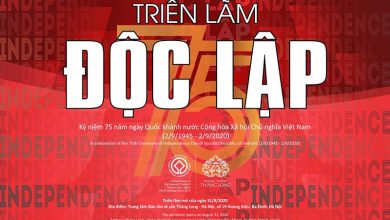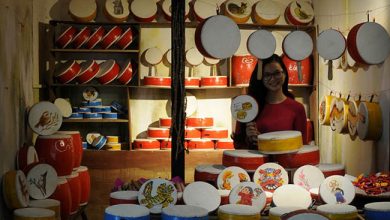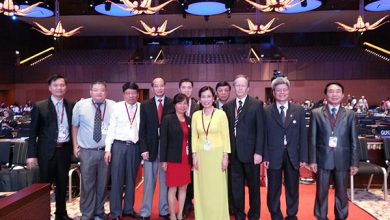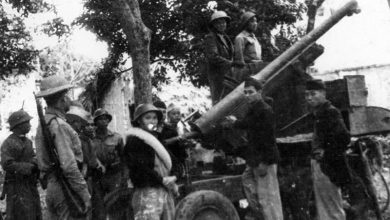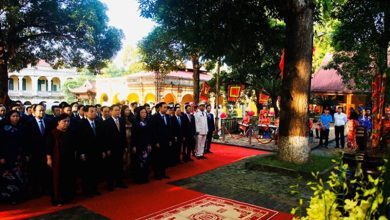Unforgettable memorabilia
As anniversary of the Victory Day of 30 April draws near, celebrations and gratitude-paying activities take place across the whole country. April 30 has become a glorious landmark, a lasting heroic epic in the history of Vietnam when the entire nation joyfully reunified after so much loss, damage and familial separation. 43 years have passed, but the remnants of war remain. Stories of wartime life and death still move both the veterans and the whole nation, reminding us of the value of peace and urging us not to forget the fallen.
On this occasion, many photos and objects of a hard war full of sacrifices have been introduced again to the public to reminisce, to thank and to forgive.
During the war, letters were arguably the most intimate belonging for all the soldiers. Abounding in wishes for peace, they also helped connect the frontline and the rear emotionally. Each letter sent served to boost the morale of the soldiers in the battleground and assuage the concerns of their beloved families at home. No wait was as special as waiting for a letter during that time. And together with the letters were the stamps that had become close to the heart of many people all over the country.
In the “Letter, Wartime Diary” exhibition held at the Vietnam Museum of Military History, at anytime one is likely to see a mother, an old soldier, and even a youngster with teary eyes as they fail to hold back emotions at the sight of each object of memory. Wartime letters were sent every time, everywhere, now in the underground shelter or a stop on the way to the front, now at a corner of the forest or by the side of a fresh artillery combat field lingering with smoke. These letters contained in them lots of love and affection, yearning and hope without disheartening or demoralizing the soldiers. In the harshest moments of war, it was not uncommon for letters to go astray or to reach the hands of the intended recipient only after a whole year. There were letters whose senders died in the battle before they were received, and those that were found underground.
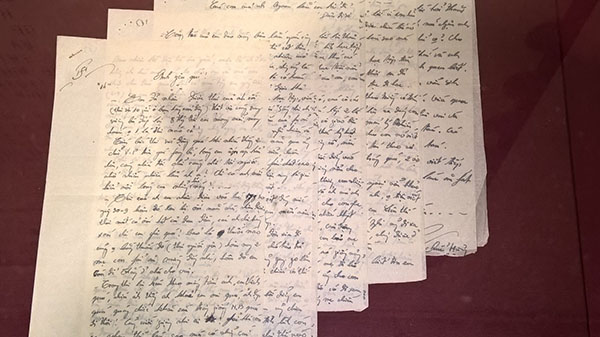
Wartime letters
Despite its hardship and destitution and a lot of danger, damage and separation, wars could not demoralize the soldiers and deprive them of hope and love for their country. In a letter dated 19 July 1968, to soothe her mother’s anxiety in the rear, female soldier Võ Thị Tần wrote in a sanguine and half-joking manner: “We are very happy here. At night, American bombs give us light to make roads and during the day they kill fish and enrich our meals. Bombs shake mountains and forests, but not our hearts, dear mom…”. Five days after writing this letter, Võ Thị Tần died in the battle.
A letter by senior lieutenant Đỗ Sâm, artilleryman of the Military Zone 5 Command to his wife Đào Thu Quý prior his departure to the Central Highlands (Tây Nguyên) Battlefield in April 1968: “…You can always be proud of your husband who is fighting in the front battlefield against the enemy and you in turn should always be a wife I adore for my whole life”.
Letters from mothers, wives, children, friends and relatives at the rear sent to soldiers in the battlefield were always filled with love for the family and the country. At the same time, they encouraged and fueled the soldiers with more strength, mettle and belief so they could fulfill their duties and return as victors.
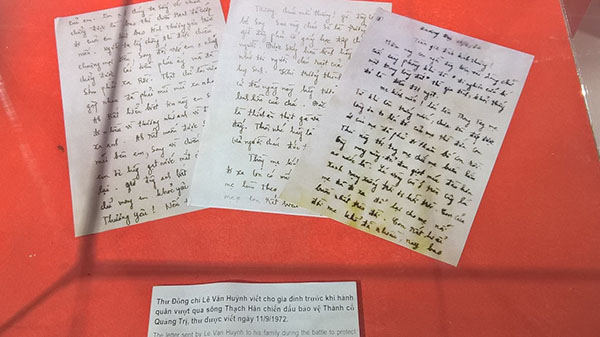
A letter sent by soldier Lê Văn Huỳnh to his family on 11/9/1972. He died on 2 January 1973 in Quảng Trị
In a letter to his dad Trần Văn Phác, political commissar of the liberation army of the South, soldier Trần Trung Tín promised to do his best in his study to become one of “Uncle Ho’s Good Children”: “… Dad, my only wish is to grow up quickly to join you and other elders to fight the American bandits and defend the country. But my first duty is to study and work hard to become one of “Uncle Ho’s Good Children”.
And many other letters like that were written with a lot of yearning and affection, under the bombshell and the fierceness of war. These letters have now become invaluable objects of memories. Together with the letters were the simple and plain stamps that bear the traces of time and testimony to the connectivity of many different generations. During the wartime, stamps fulfilled a historical mission: they served as a bridge; they represented the affection and responsibilities between the people in the rear and in the front battle.
A collection of postage stamps including 48 stamp sheets in commemoration of the National Reunification Day is also displayed on this occasion in the Revolutionary House D67 in the Imperial Citadel of Thăng Long.
To illustrate the glorious historical events of Vietnam between 1945- 1975, Vietnam Post have circulated stamp sets and templates that summarize the country’s history from the foundation of the Democratic Republic of Vietnam to the prolonged resistance war and the Điện Biên Phủ Campaign; the period when the North developed the economy and the army to counter the sabotage war and when the entire nation staged the Spring 1975 Campaign to liberate the South to reunite with the North. Stamp sets that commemorate the National Reunification Day have brought visitors a strong sense of national pride when the entire country was totally liberated.
A stamp set coded 320 “The General Offensive of 1975” issued on 14 December 1976 was the first stamp set that had a template on the 30 April 1975. The set contained 6 specimens jointly designed by 3 artists Trịnh Quốc Thụ, Trần Lương and Trần Ngọc Uyển. Most noteworthy are the two specimens on the liberation of Buôn Mê Thuột on 12 March 1975 (priced respectively at 2 and 50 Vietnamese cents); 2 specimens on the Liberation of Đà Nẵng on 20 March 1975 (priced at 3 cents and 1 đồng); 2 specimens on the Liberation of Sài Gòn 30 April 1975 (2 priced at 6 cents and 1 đồng).
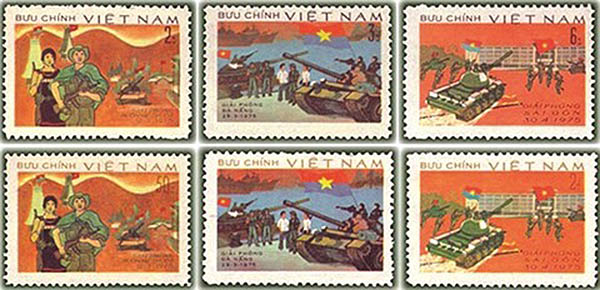
The stamp set coded 461 on “10th anniversary of the total liberation of the South of Vietnam” issued on 30 April 1985 has widely been considered as the most beautiful, meaningful and unique. The set includes four specimens and 1 block designed by Artist Huy Toàn and printed in Cuba. Mr. Hoàng Anh Thi, Chairman of the Vietstamp Club, said that the best part of this stamp set is the depiction of three girls (representing the three regions of Vietnam) donning the traditional women’s long gown (áo dài) with joyous faces on the Reunification Day. In the background was a map of the unified Vietnam without any partition.

Stamps have transcended historical events to become a lasting reminder of those hard but glorious days. Although they may now seem distant to today’s digitalized citizens, they did fulfill their tasks as a bridge that connects “banks of happiness”. It is not difficult to understand why these stained and sometimes even illegible letters from wartime still appeal so strongly to us.
And I for some reason had an inexplicable association between letters and stamps as I visited the two exhibitions held at the Museum of Military History and Thăng Long Imperial Citadel
Kim Yến
Thăng Long – Hà Nội Heritage Conservation Centre

